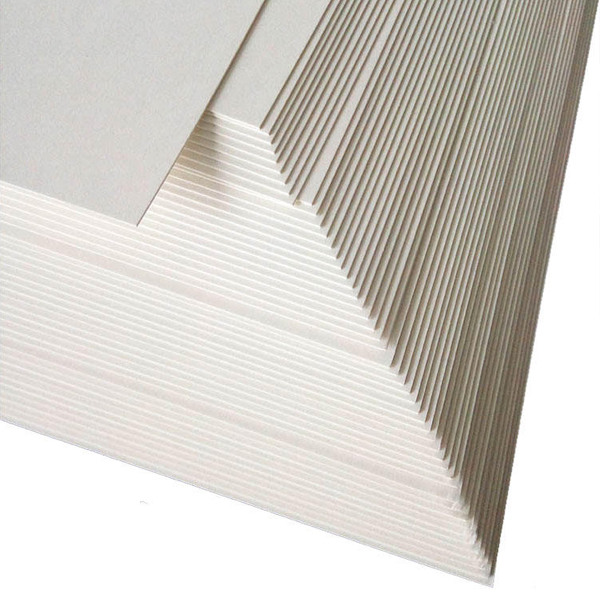

Views: 2102 Author: Susan Publish Time: 2024-02-05 Origin: Site









Introduction
C1S Ivory boards are highly sought-after in various industries for their excellent printability, remarkable smoothness, and unparalleled durability. But what exactly goes into making these top-quality boards? In this blog post, we'll delve into the manufacturing process of a C1S Ivory board, exploring the key steps and techniques involved in creating this exceptional product.
Raw Material Preparation
The first step in manufacturing a C1S Ivory board is preparing the raw materials. This involves selecting high-quality wood pulp, which serves as the primary source of cellulose
fibers. The wood pulp is typically derived from a mix of softwood and hardwood trees, carefully chosen for their strength, flexibility, and overall quality. Once the wood pulp is obtained, it is then processed to remove impurities and converted into a usable pulp slurry.
Pulping and Refining
Next, the pulp slurry undergoes pulping and refining processes. Pulping involves breaking down the wood pulp into individual cellulose fibers through mechanical or chemical means. This process creates a consistent, fibrous material that can be further refined to achieve the desired paper properties.
Refining, on the other hand, involves treating the pulp with various chemicals to enhance its strength, brightness, and smoothness. This step also helps improve the paper's ability to absorb inks and coatings, resulting in superior print quality. Some common chemicals used in refining include bleaching agents, sizing agents, and fillers.
Forming and Pressing
Once the pulp has been properly prepared and refined, it is then formed into sheets on a paper machine. This process involves pouring the pulp slurry onto a moving mesh belt, where it is evenly distributed and drained of excess water. The resulting wet paper web is then pressed to remove any remaining moisture and consolidate the fibers into a cohesive sheet.
Curing and Drying
After pressing, the wet paper web enters a curing oven, where it is dried using high temperatures. This step ensures that the paper reaches the desired moisture content and develops its final strength and smoothness. Curing also sets the size applied during refining, enhancing the paper's resistance to water penetration.
Coating and Calendering
The next step in manufacturing a C1S Ivory board involves applying a layer of coating to one side of the paper. This coating consists of a mixture of pigments, binders, and other additives that provide the paper with its distinctive Ivory color and improve its printability. The coated paper then passes through a calender stack, which consists of multiple rollers that compress the paper and create a smooth, glossy surface.
Cutting and Packaging
Finally, the coated and calendered paper is cut into standard sizes and packaged for shipment. This step involves trimming the edges of the paper to ensure uniformity and consistency in size. The packaged C1S Ivory boards are then ready to be shipped to customers around the world.
Conclusion
Manufacturing a C1S Ivory board is a complex process that involves several key steps, from preparing the raw materials to applying a coat and packaging the final product. Each step plays a crucial role in determining the overall quality and performance of the board. By understanding these steps, we can appreciate the care and precision that go into making every C1S Ivory board and why they are so highly valued in the printing industry.
Susan He
WhatsApp/WeChat:0086-19939956123
Email:sales02@dtpapergroup.com